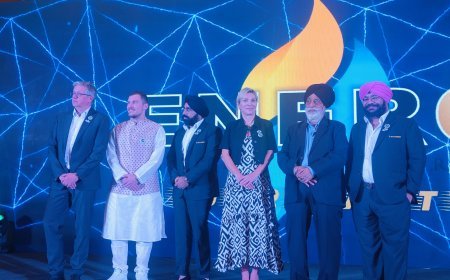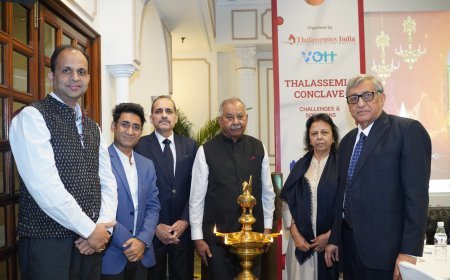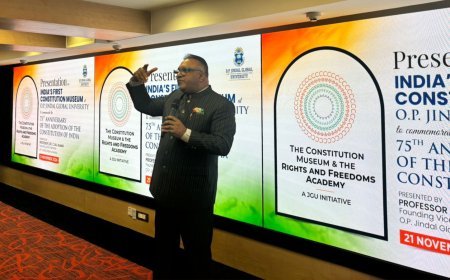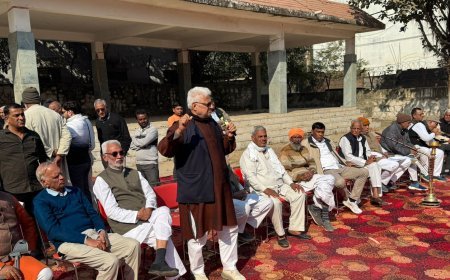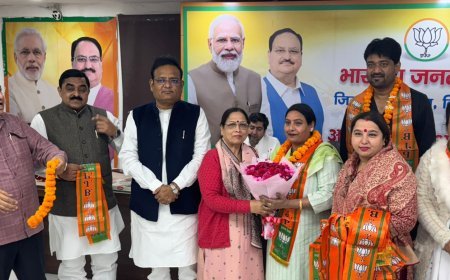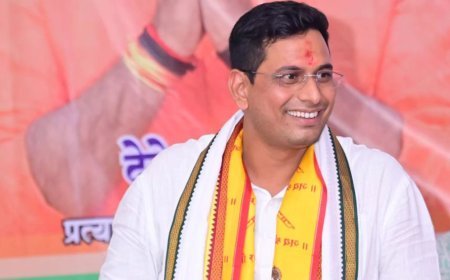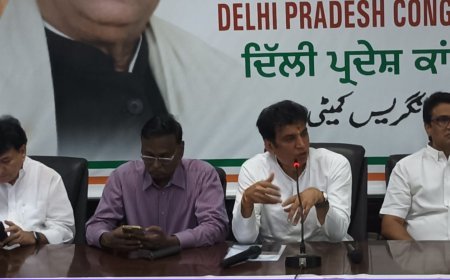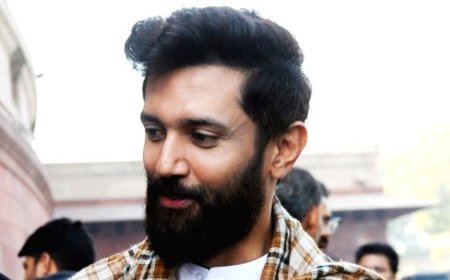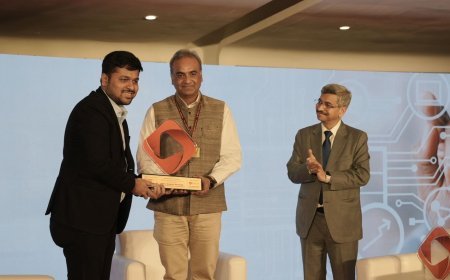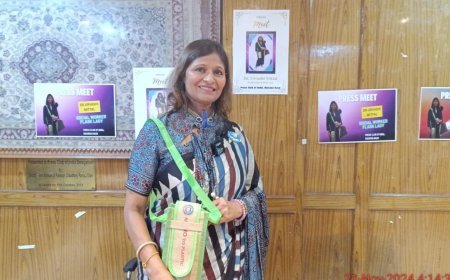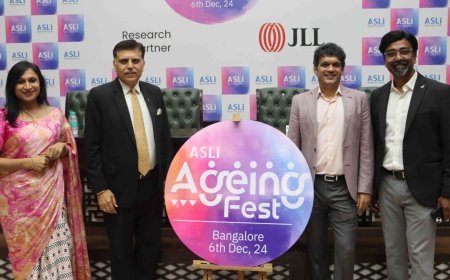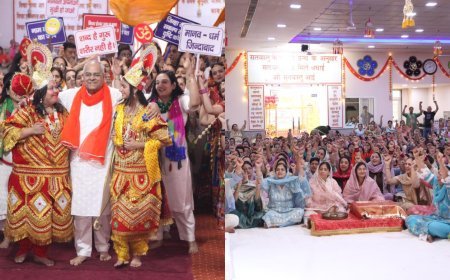Dhruv Rathee's Savage Reply To Elvish Yadav's Accusations In His New YouTube Video
Rathee begins by mocking Yadav’s constant demands for a counter-response, pointing out the lack of substance in Yadav’s arguments.

The problems between Elvish Yadav and Dhruv Rathee are well-known to everyone who follows these massive YouTubers. Elvish Yadav released a video on Dhruv Rathee claiming that he would expose the 'Anti-India Propaganda' of Dhruv Rathee. After its release, Elvish was asking for a response from Dhruv, and in a recent video, Dhruv Rathee addressed the many baseless accusations made against him by right-wing YouTuber Elvish Yadav.
Rathee begins by mocking Yadav’s constant demands for a counter-response, pointing out the lack of substance in Yadav’s arguments. He humorously notes the intellectual laziness in Yadav’s approach, especially highlighting a mistake where Yadav confused two people with similar names, Aadil Aman and Adil Aman. This sets the tone for Rathee’s detailed debunking of Yadav’s claims.
Rathee says that the Facebook group “Dhruv Rathee Squad,” which Yadav was talking about, was formed in 2017 and not in 2020 as claimed. He explains further that it was a group that was navigated by a few admins and not people who were close friends with the accuser. When one admin, Aadil Aman, made extreme comments, Rathee immediately fired him, which proved that Rathee did not support extreme comments. The group was finally closed sometime around 2020-21 to refrain from more problems.
Rathee then moves to other typical and baseless trends carried out by BJP supporters of branding their critics as ‘anti-national,’ something that he accuses Yadav of indulging in. He uses historical examples in which people who have something to say against the BJP or any of the policies set by the latter are deemed as anti-national, as he has experienced himself.
Also Read: Armaan Malik Slaps Vishal Pandey For Praising Payal Malik's Beauty In Bigg Boss OTT 3
To elaborate, Rathee continues analyzing the fake information regarding his relationship with such personalities as Harsh Mander and George Soros. In providing a brief profile of George Soros, he goes further to define Soros’ philanthropic activities in a nutshell, and these include supporting sectors of India through funding such missions as education and financing of small businesses, among others. Rathee stresses the fact that Soros, though called an agent of conspiracy by the PR of the Open Society Foundation, has helped thousands of small business entities in India. He also reveals the paradox found in the fact that the Indian government in question sometimes actively finances many of Soros’ activities around the world.
Responding to the specific detail about Harsh Mander, Rathee establishes what the reader is to perceive about Mander—a former IAS officer, prolific writer, and activist for human rights. He says he has never even interacted with Mander and only gathered information about him after Yadav spread nasty and baseless rumors against him.
Rathee then also exposes the larger narrative which has been put forward by several right-wing influencers, the crux of which is the author’s laziness and dishonesty. He contrasts Yadav’s speculative and conspiratorial overtures with proper journalistic work, to highlight the fact that Yadav got his facts wrong and indeed misled viewers in most of his videos.

